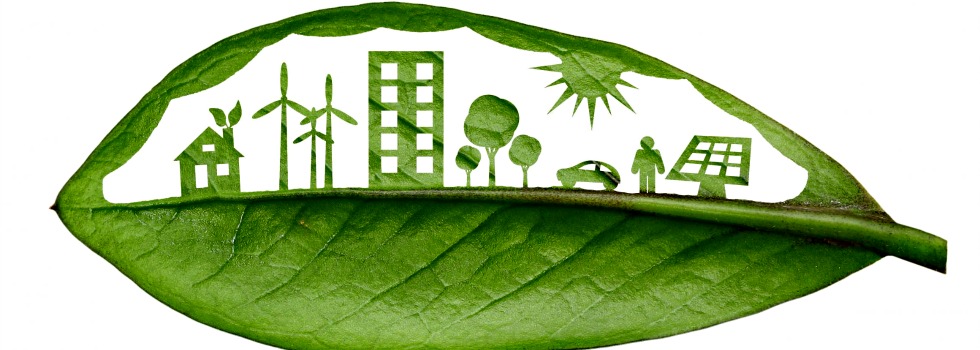Welcome to Amsterdam Mamas’ new series “Living Sustainably”. In this series, we will share information and strategies for living sustainably in Amsterdam and beyond. Amrita Suri kicks it off by sharing strategies for avoiding the ubiquitous but environmentally unfriendly problem of single-use plastics.
Living Sustainably
What does it mean to live “sustainably”? Let’s begin by defining sustainability, or “duurzaamheid” in Dutch. The Cambridge dictionary defines sustainability as: “the idea that goods and services should be produced in ways that do not use resources that cannot be replaced and that do not damage the environment”.
Living sustainably means trying to minimise one’s carbon footprint by altering lifestyle to honor the symbiotic relationship between humanity and the Earth’s natural ecology. Following this premise can help one live relatively sustainably almost anywhere in the world, but it isn’t always easy to know where to begin. Our goal with this series is to help raise awareness of the issue of sustainability, as well as share tips and resources that make it easier for all of us to do our part. Let’s begin!
What Are “Single Use Plastics”?
One of the biggest obstacles in the struggle to live in a green and sustainable manner is single-use plastic. This category includes items such as plastic bags, straws, coffee stirrers, beverage bottles, and food wrapping. It’s everywhere, it’s nearly impossible to escape, and it’s so easy to get pulled into the convenience trap it offers. However, with a little thought and effort it’s relatively easy to escape excessive use of single-use plastic. Here are some simple measures that can be taken to avoid using single-use plastics, as well as where to find sustainable alternatives.
A Moment on the Lips … A Lifetime on the Earth
Who doesn’t love iced tea, smoothies, iced drinks, cocktails, and juices? Especially on a hot summer’s day or, if you are like me, year round. While we get to enjoy the use of plastic straws and cups for the 10-15 minutes that we are slurping on the drink, the plastic waste will inevitably end up in a landfill or in the ocean. A single straw may not seem like much but if you look at the numbers, the picture is quite grim. Three and a half million straws are given out by McDonald’s every single day in the UK alone and the Netherlands consumes a whopping 1.1 billion straws each year! That straw you used when you were 10 years old? It’s still around and will be for hundreds of years! Ditch the single-use plastic straw and encourage your children, friends, and colleagues to give it up too. Explain to them why and they’ll be right on board with you. For those who can’t do without straws, of course, there are reusable silicone straws and stainless steel straws available online or even paper straws which are available at your local Hema and Albert Heijn. Check out the this website for even more alternatives.
Close on the heels of single-use plastic straws are single-use plastic cups and lids. Styrofoam cups, plastic-lined paper cups, plastic cups–no matter what form–are all non-biodegradable and contribute to polluting our land and oceans; just like straws. If you can’t bring yourself to give up your take-out beverages, get yourself a reusable takeaway cup with lid made from all natural, sustainable bamboo fibre. It checks all the boxes–sustainable, biodegradable, and fashionable. Love Starbucks coffee? Then make the most of their special discount for those who bring in the Starbucks reusable cup. Be sustainable and save money while you’re at it!
While water is the elixir of life, your daily intake of six to nine glasses of water should not mean the creation of unnecessary waste via single-use plastic water bottles. While it’s great to recycle the plastic bottles you do end up using, the key is to reduce your overall usage. Get a spill-proof, reusable water bottle/fruit infuser from Hema, de Bijenkorf or your local Albert Heijn.
Plastic and Food – Time to Part Ways
The Dutch government placed a ban on free plastic bags in January 2016, implementing an EU directive of the preceding year; retail customers, with some exceptions, now have to pay if they want plastic bags for their shopping. Invest in a good foldable, reusable bag and make a habit of keeping it with you at all times. Hema and Ikea are amongst many other retail stores that sell these. Consider grocery shopping at Ecoplaza, Europe’s first supermarket to offer a plastic free aisle although its alternative packaging is not without its critics. Wherever you choose to shop, use cotton shopper bags instead of buying a new plastic bag every time. Pick one up from your local grocery store or reuse one you already have. You can also use cotton mesh produce bags to carry your fruits and veggies instead of the clear plastic bags that most supermarkets provide. (Hint: Amazon.de offers a huge variety of options and ships for free to the Netherlands!) Supermarkets, including Albert Heijn are happy to let you use these. And unless you are buying 20 of something, you can also just skip the bag and place the individual fruits/veggies directly onto the conveyor belt. Easy!
Plastic cling film is another form of single-use plastic that is totally avoidable. Replace cling film with a beeswax wrap (available at bol.com and Greenjump). Beeswax wraps are hygienic, biodegradable, washable, reusable, smell great, and come in pretty colors. You can use them to wrap sandwiches or left over fruit or to seal a container.
There are many other big and small plastic things that we use daily (earbuds, toothbrushes, yoghurt bottles, etc.) without giving them another thought. While some, like regular cotton earbuds and toothbrushes are easily replaced with biodegradable bamboo cotton buds and bamboo toothbrushes, others like take-out containers are trickier to replace with sustainable, green options. However, independent retailers and market stalls can often be persuaded to fill your own, reusable container brought from home, while Ecoplaza sells milk and yoghurt in returnable glass bottles. Change is happening. Some from the bottom up as consumers put pressure on retailers to change their ways; some from the top down as the EU seeks to legislate against single-use plastics.
Living sustainably can seem daunting initially, but once you change your mindset, you realise that the power to make a difference lies with each and every one of us. Even the smallest change in lifestyle and habits can lead to effective sustainable living. The idea is not to go to extremes and give up all the conveniences of life, but rather to do whatever we can, whenever we can, because every little thing helps.
Amrita Suri
Amrita Suri, a regular contributor to our Sustainable Living Series, is a freelance writer with a passion for sustainable living, animal rights, and reading.






